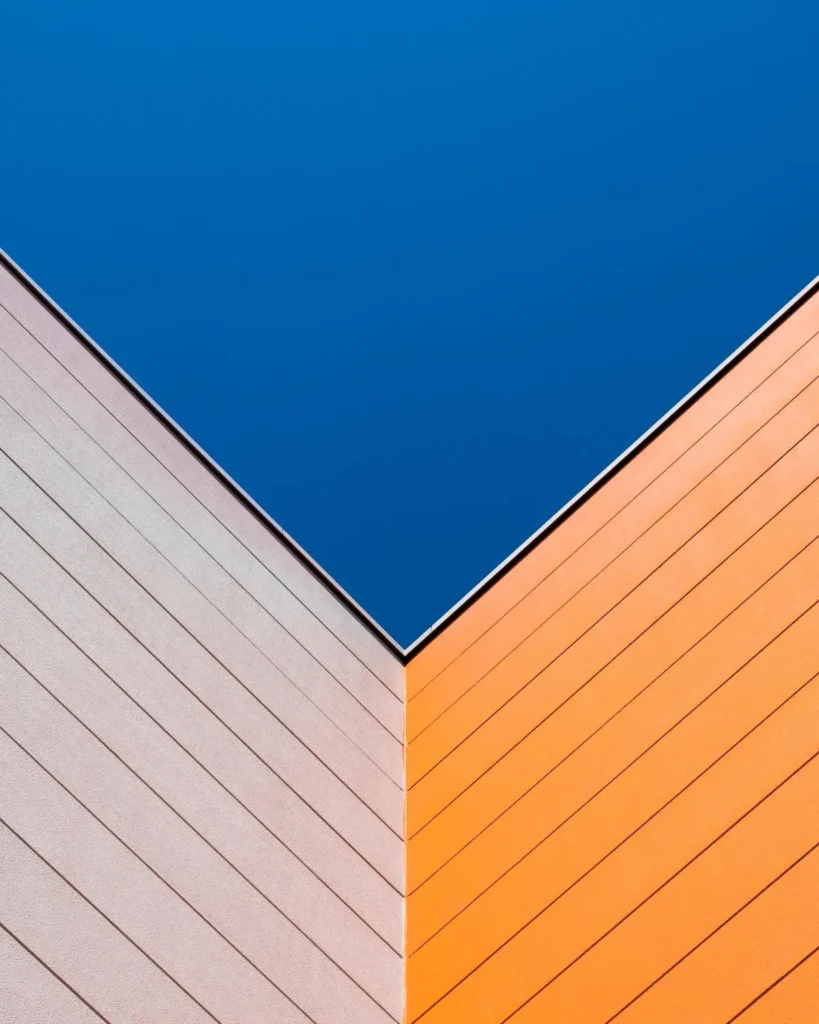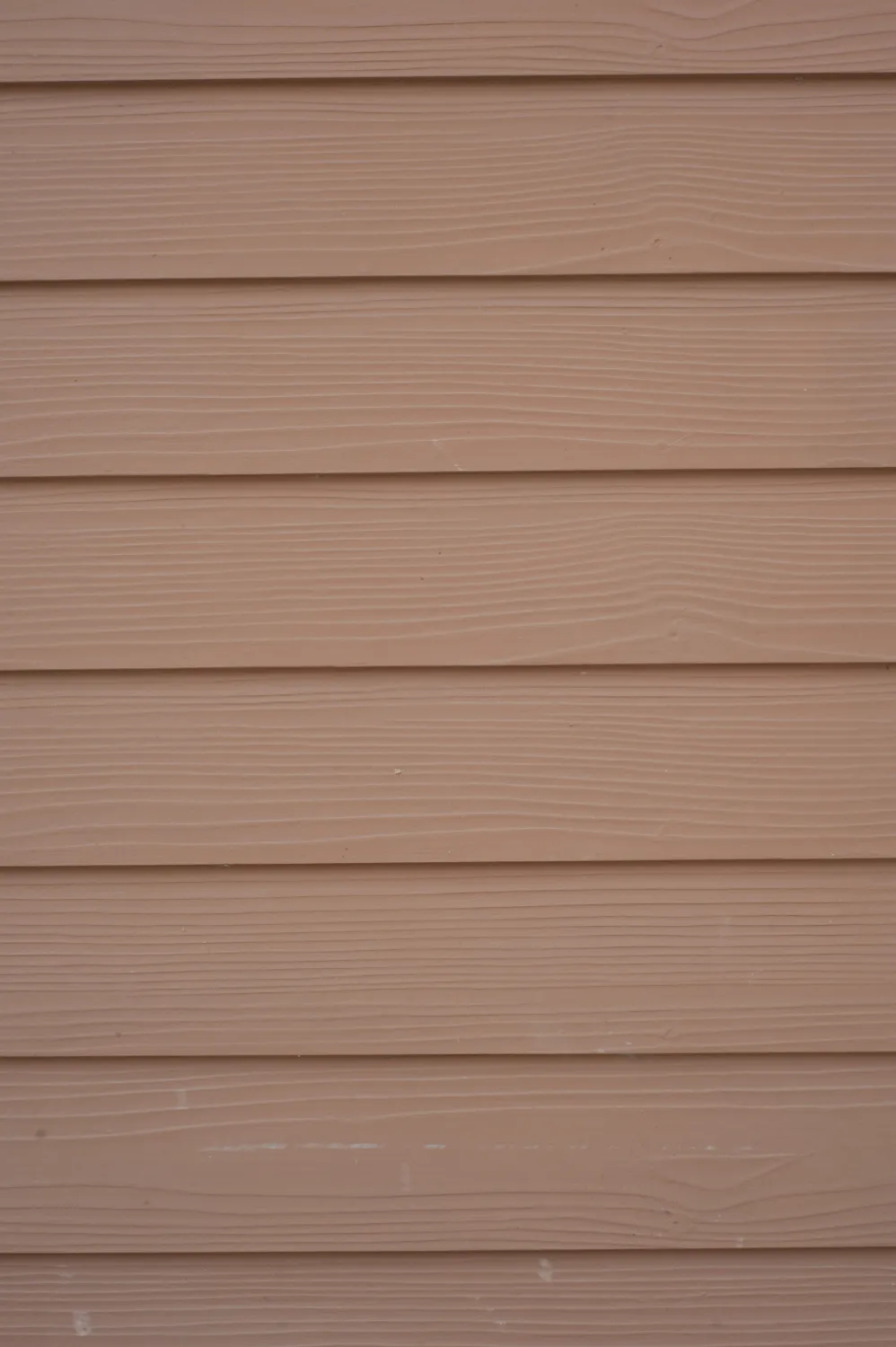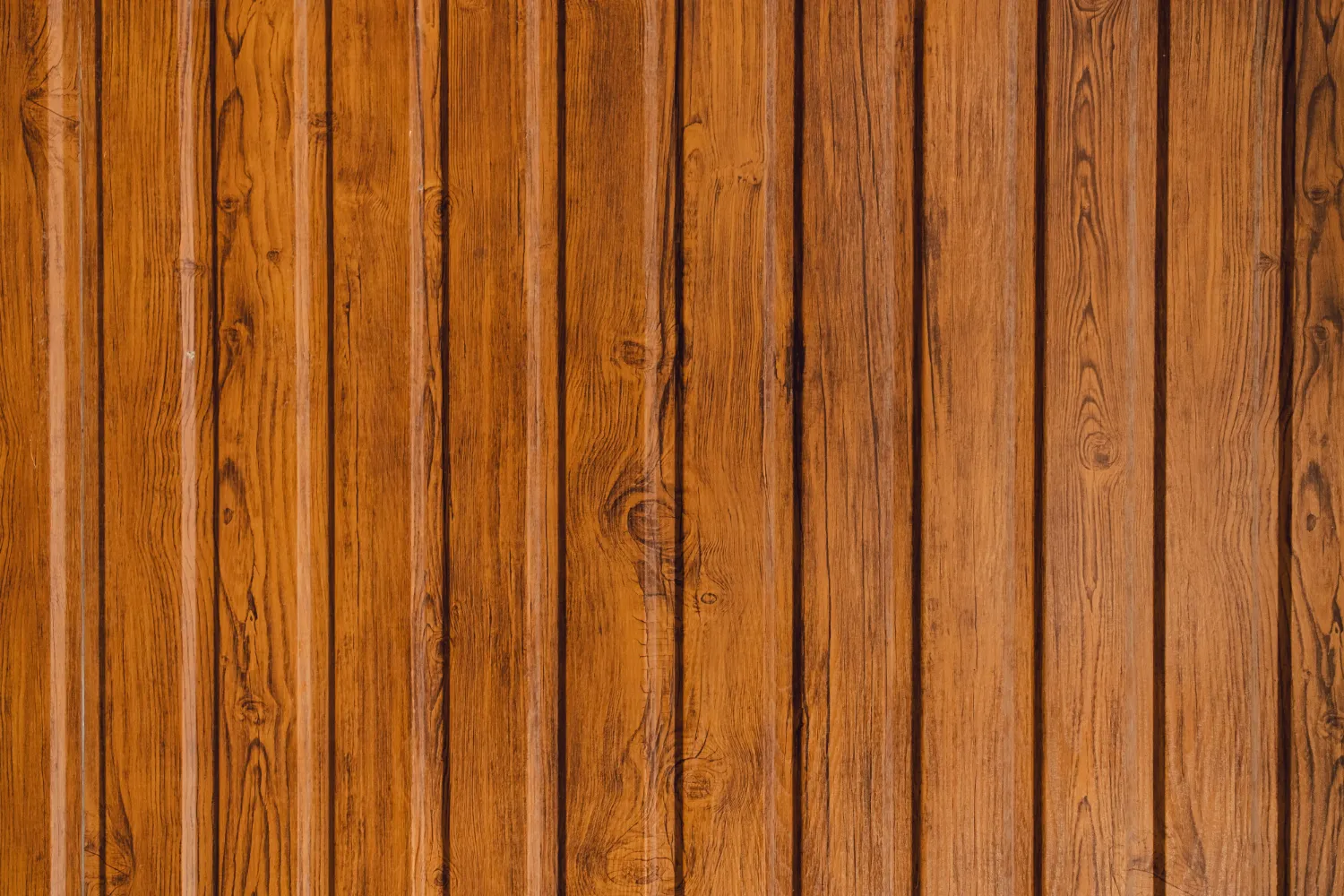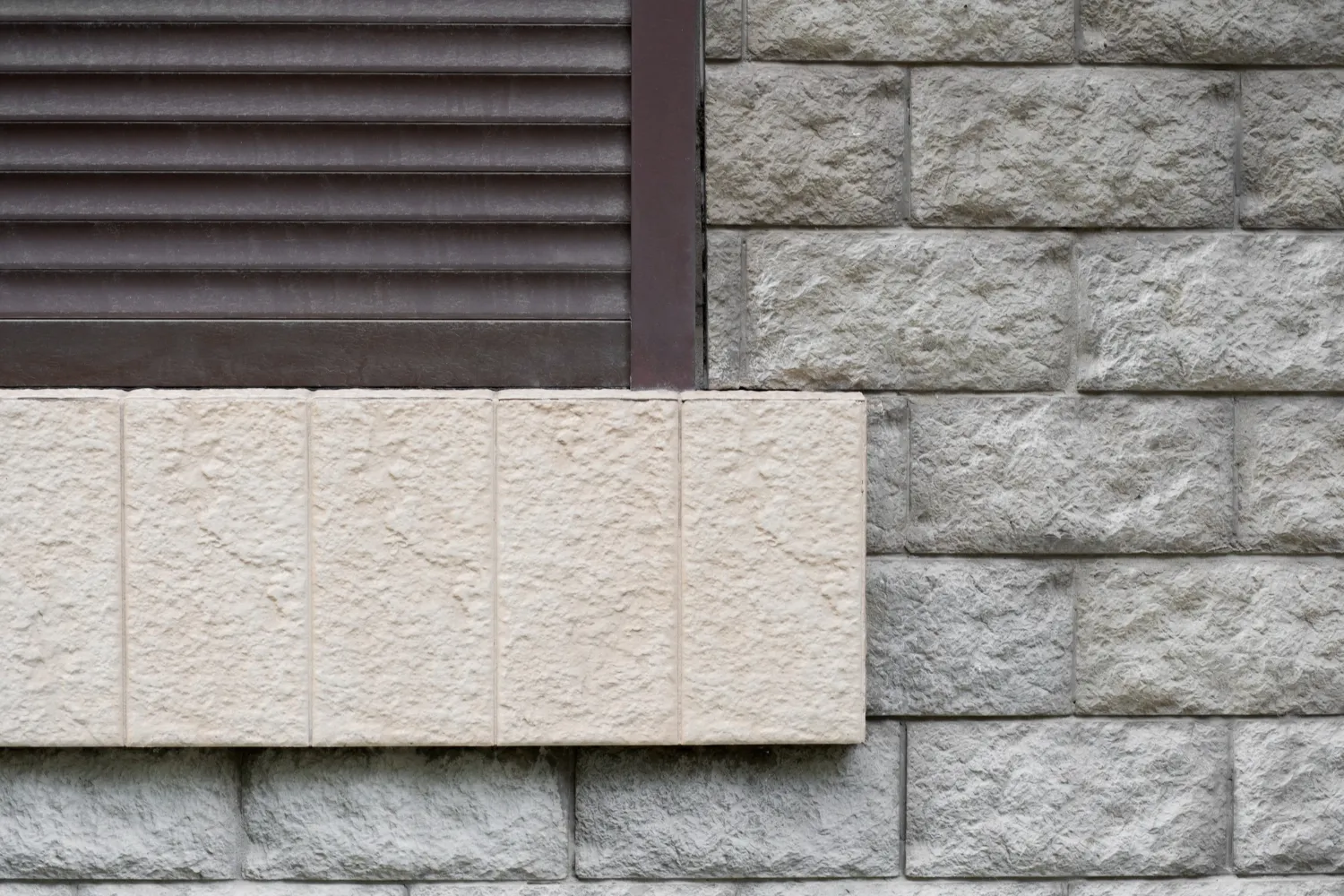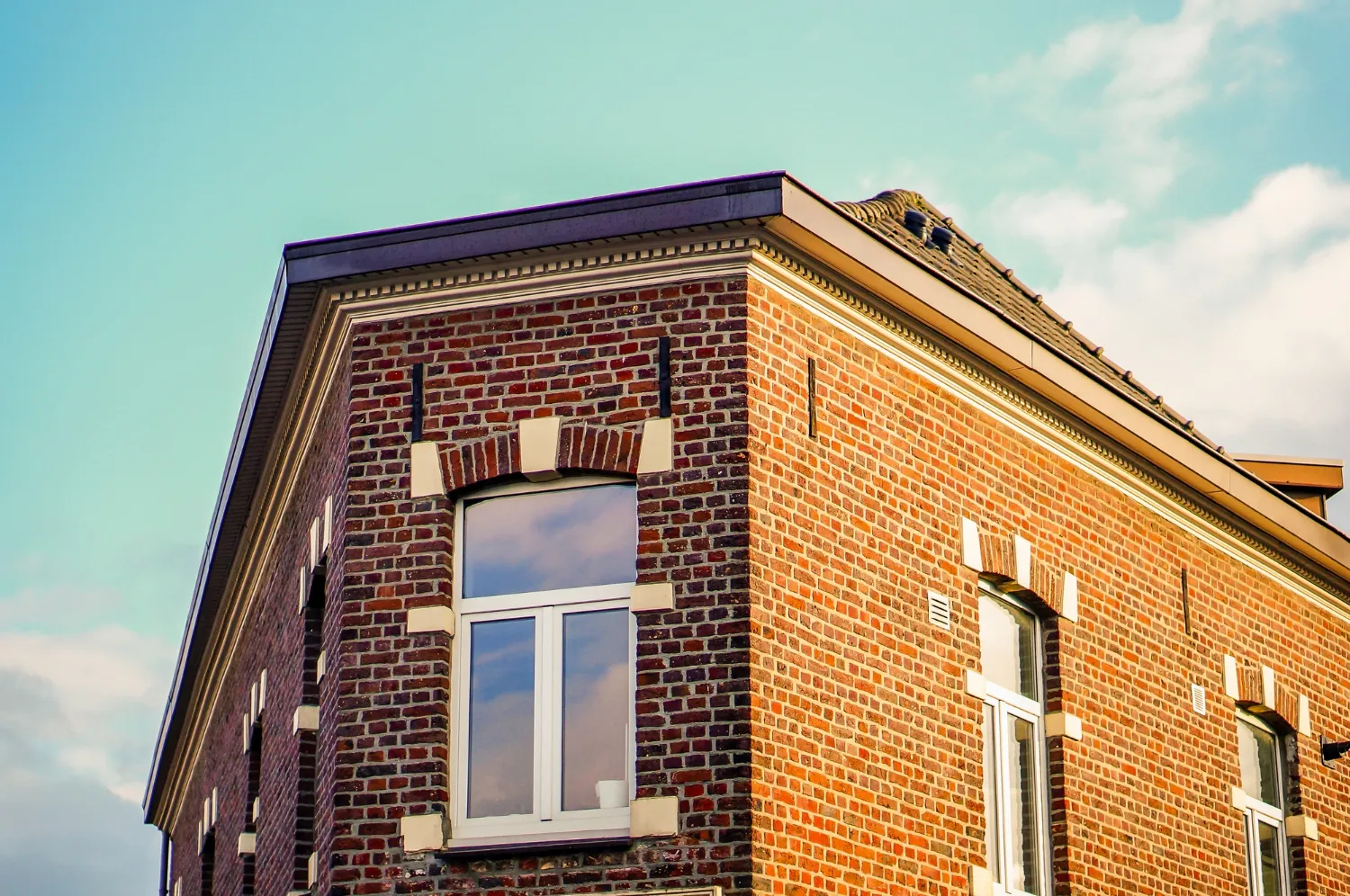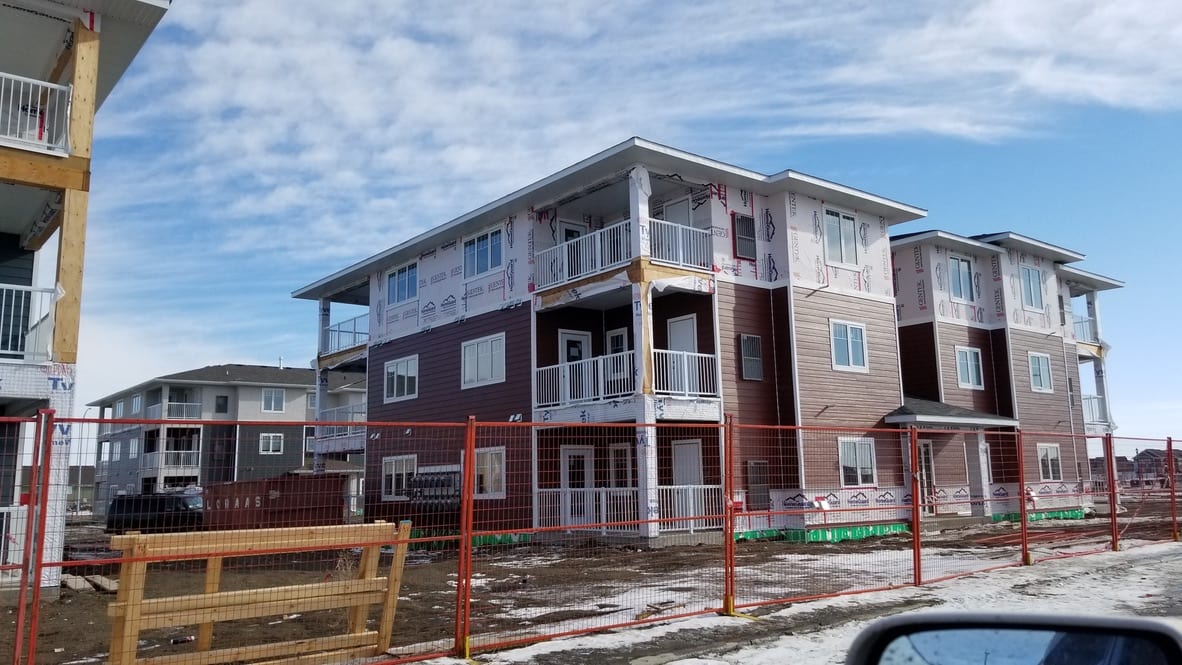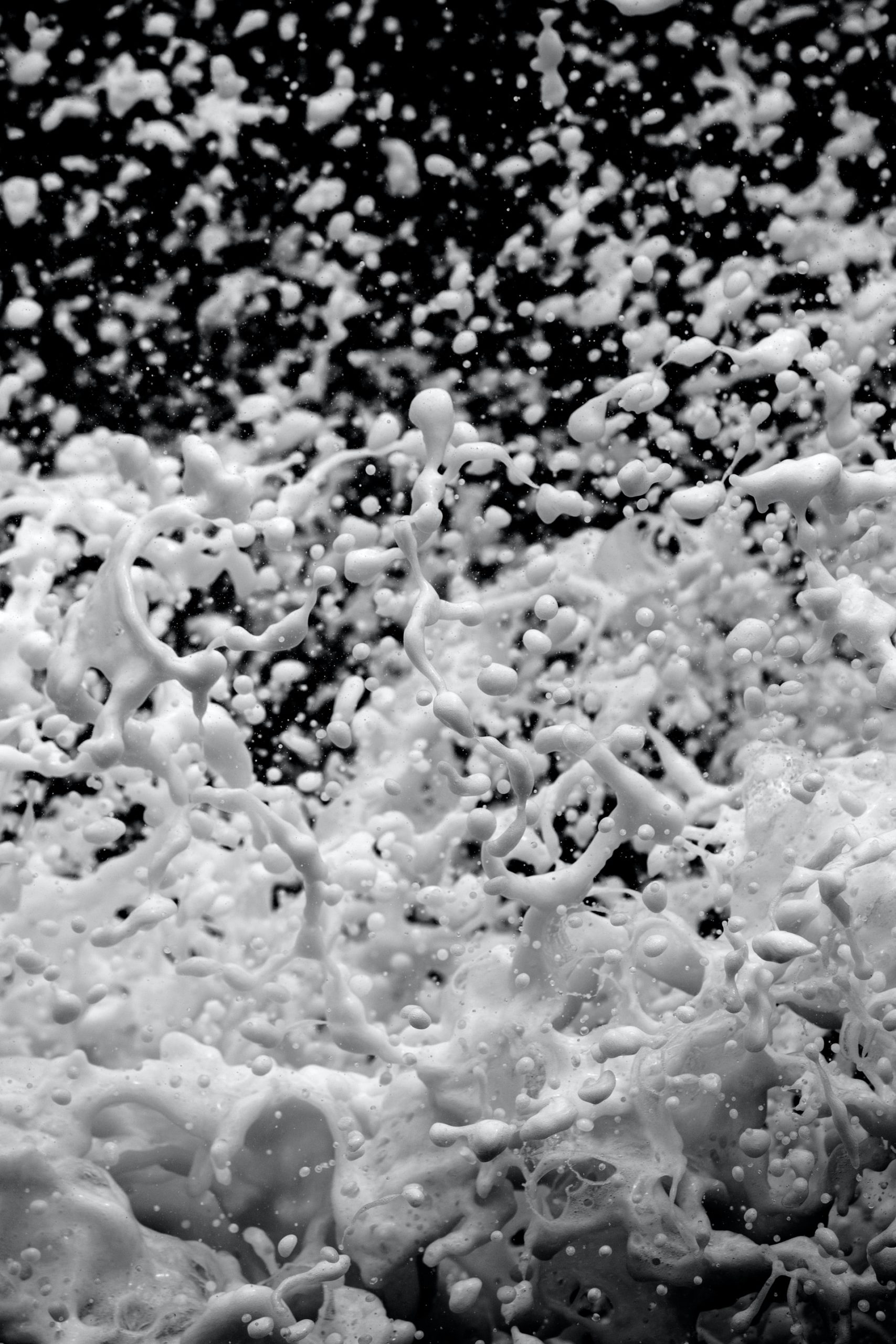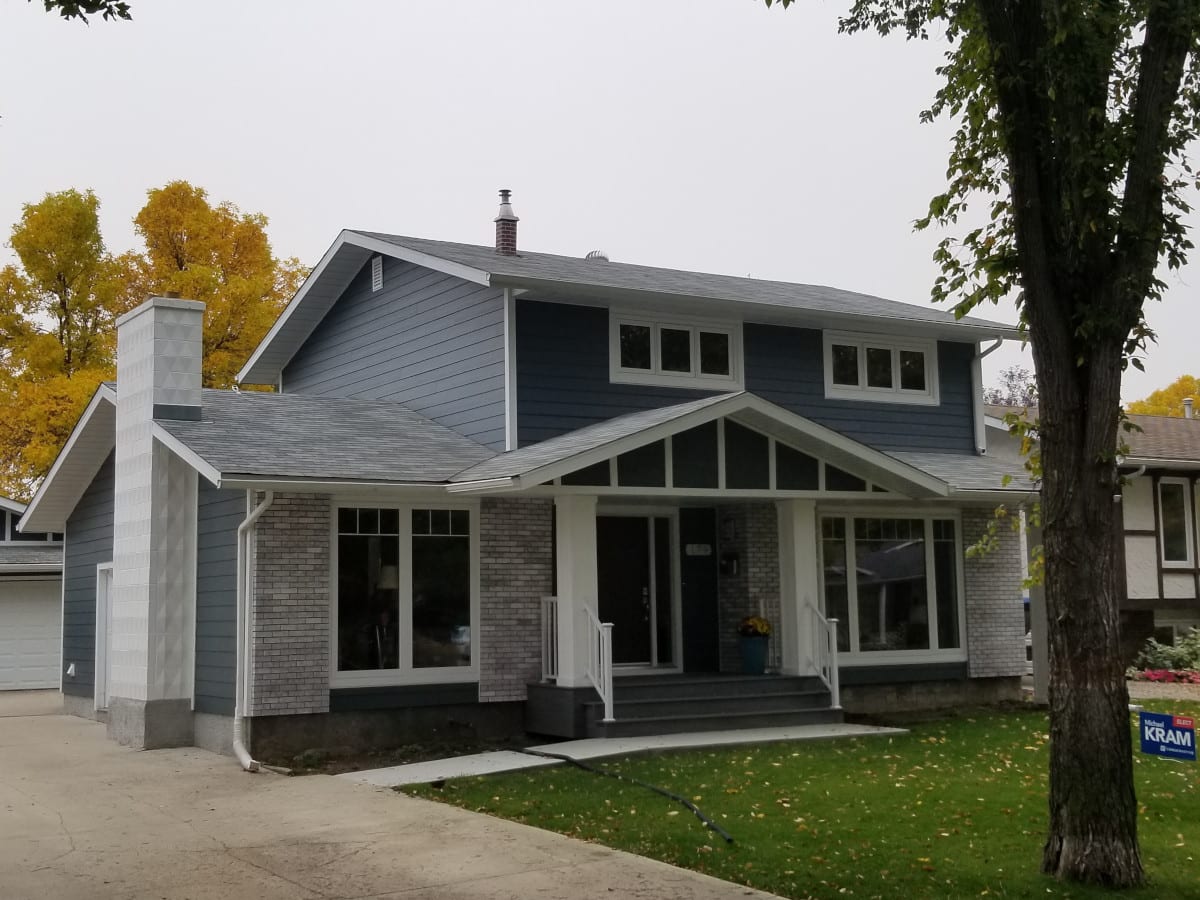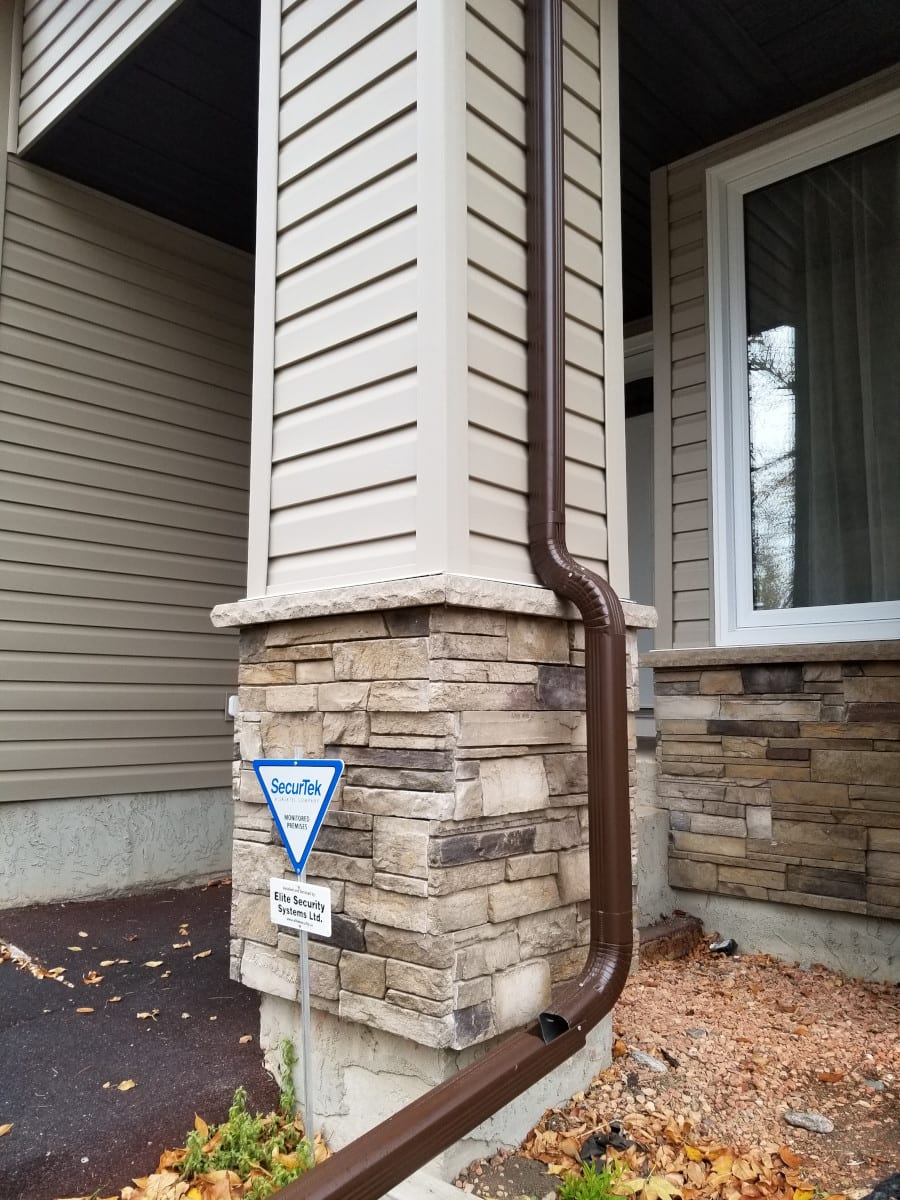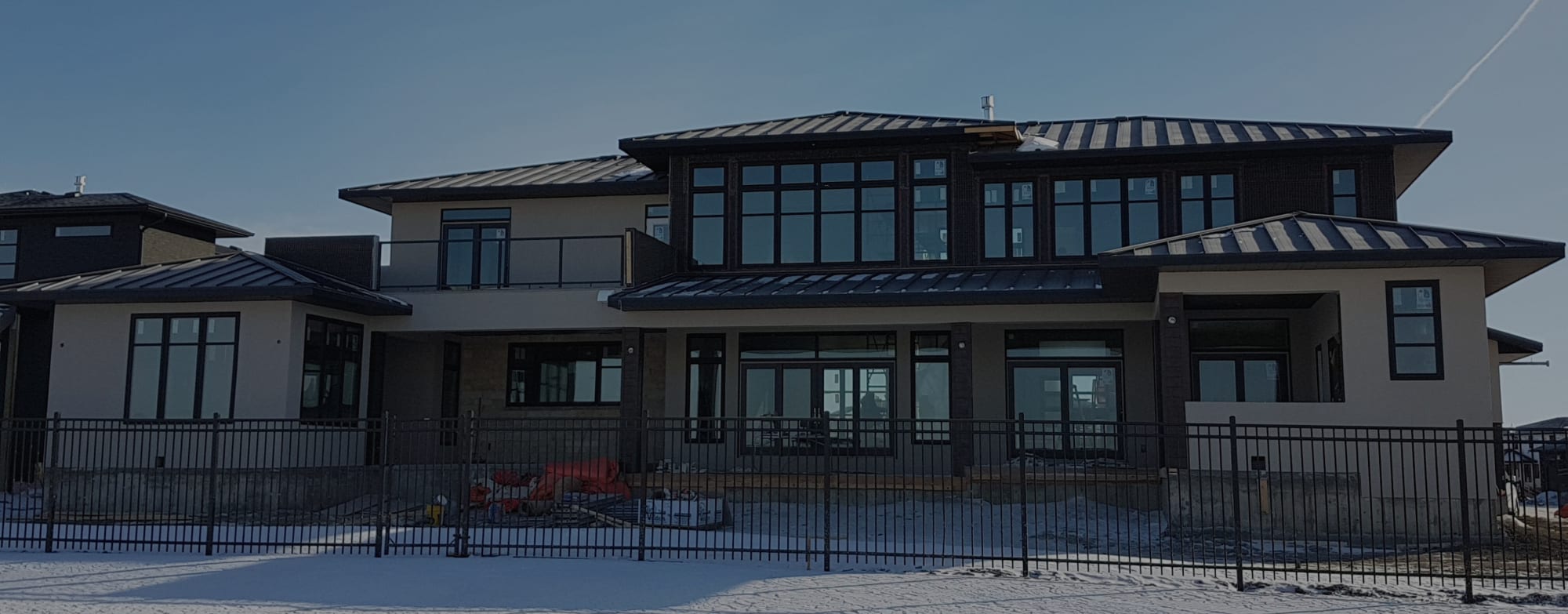Are you considering updating the exterior of your home? One of the most significant decisions you will have to make is choosing the right siding material. With so many options available, it can be overwhelming to determine which one is the best fit for your home. That’s where we come in! In this comprehensive guide, we will break down the most common siding materials to help you make an informed decision. Whether you’re looking for durability, affordability, or aesthetics, we‘ve got you covered. So, let’s dive into the world of siding materials and find the perfect match for your home. Get ready to explore and compare with us!
The Low-Cost and Versatile: Vinyl Siding
Vinyl siding, popular for its affordability and versatility, is a widely chosen option among homeowners. Let’s delve into the pros and cons of vinyl siding, along with its durability, maintenance needs, and aesthetic appeal:
Affordability:
Being one of the least expensive siding materials on the market, vinyl siding is a cost-effective choice for many homeowners, especially for large-scale projects.
Low Maintenance:
Vinyl siding is lauded for its low maintenance demands. It doesn’t require painting, staining, or sealing, with occasional cleaning usually sufficient to keep it looking fresh.
Color and Style Variety:
The wide array of colors and styles allows homeowners to achieve a tailored look that suits their taste and complements their home’s architecture.
Durability Concerns:
While vinyl siding is durable overall, it can be prone to cracking under extreme temperatures and susceptible to fading over time.
Environmental Impact:
Traditional vinyl siding is not biodegradable and may contribute to environmental waste. However, strides are being made in recyclability.
Aesthetic Limitations:
Some homeowners feel vinyl siding lacks the authenticity and warmth of natural materials like wood or brick.
Durability:
Generally, vinyl siding is built to last, with a typical lifespan of about 20 to 40 years. However, its longevity can be affected by factors like harsh weather conditions and proper installation.
Maintenance Requirements:
A significant benefit of vinyl siding is its minimal maintenance. Simple washing from time to time can maintain its vibrant color and clean appearance.
Aesthetic Appeal:
Available in a multitude of colors and styles, vinyl siding provides significant flexibility to achieve a desired aesthetic. Whether you prefer a traditional or modern look, vinyl siding can accommodate your design aspirations.
The Classic and Timeless: Wood Siding
Wood siding is a classic choice that imparts a timeless elegance to any home. Its organic appeal and versatility make it a popular option, but it’s important to consider the pros, cons, and maintenance requirements before making a decision.
Natural Aesthetic:
With its warm, rustic charm, wood siding can enhance any architectural style, offering a touch of authenticity and elegance.
Variety:
Wood siding comes in a wide range of types, including cedar, pine, spruce, and redwood, each offering a unique grain, texture, and color.
Customization:
Wood can be painted or stained in virtually any color, offering endless possibilities for personalization.
Maintenance:
Wood siding requires regular upkeep, including staining or painting every few years to prevent weathering, rot, and insect damage.
Cost:
While not the most expensive, wood siding does have a higher initial cost compared to vinyl or aluminum.
While wood is inherently durable, its lifespan can be significantly influenced by the level of maintenance it receives and the climate in which it’s installed. With proper care, wood siding can last for decades, aging gracefully over time.
The Tough and Energy-Efficient: Fiber Cement Siding
Fiber cement siding is a robust and energy-efficient option that has gained popularity among homeowners in recent years. Combining the strength of cement with the flexibility of fiber, this siding material offers several advantages along with a few considerations. Let’s dig deeper:
Durability:
Fiber cement siding is renowned for its toughness. It is resistant to common siding problems like termites, fire, and rot. It stands up well against harsh weather conditions, including extreme temperatures, making it a solid choice for various climates.
Energy Efficiency:
One of the standout attributes of fiber cement siding is its energy efficiency. Its ability to insulate the home, keeping warm air in during winter and hot air out during summer, results in notable energy savings.
Aesthetic Variety:
Fiber cement siding offers a wide variety of styles and colors. Its unique ability to mimic the appearance of other materials, such as wood and stone, provides homeowners with versatile design possibilities.
Cost:
Fiber cement siding is a mid-to-high-range option in terms of cost. Its longevity and low maintenance needs can offset the initial investment over time.
Maintenance:
Compared to other siding options, fiber cement requires less maintenance. A fresh coat of paint every 10-15 years is typically enough to keep it in good shape and looking its best.
Environmental Considerations:
While the production of fiber cement siding can be energy-intensive, it’s durability and long lifespan may balance out its initial environmental impact. Some manufacturers also utilize sustainable practices in their production, further reducing their ecological footprint.
The Durable and High-End: Brick Siding
Brick siding, renowned for its long-lasting quality and upscale appeal, is a traditional favorite among homeowners. This material offers a distinct charm and a handful of practical benefits that make it a noteworthy contender.
Longevity:
Brick siding is acclaimed for its exceptional durability, with the potential to outlast many other siding materials. Its ability to withstand extreme weather conditions and resist fires contributes to its long lifespan, often outliving the house itself.
Low Maintenance:
Brick siding demands minimal upkeep. It doesn’t require painting or sealing and is resistant to rot and termites. Simply cleaning it occasionally can keep it looking its best.
Energy Efficiency:
Brick siding offers excellent insulation, keeping your home warm in winter and cool in summer, which can result in significant energy savings.
Cost:
Brick siding is a premium choice, carrying a higher initial cost. However, when considering its longevity and minimal maintenance needs, it can prove to be a cost-effective option in the long run.
Aesthetic Appeal:
Brick siding exudes a classic, sophisticated look that can greatly enhance your home’s curb appeal. It comes in a range of colors and styles, from traditional red to more modern tones.
Environmental Considerations:
Brick is a natural, sustainable material. Although its production can be energy-intensive, the longevity of brick siding means it doesn’t need to be replaced as frequently, reducing its overall environmental impact.
Exploring Maintenance Requirements of Siding Materials
Maintaining your home’s siding material can influence its lifespan, aesthetics, and overall performance. For example, vinyl siding, the low-cost and versatile option, is often favored for its minimal upkeep demands.
On the other hand, the timeless charm of wood siding necessitates a more rigorous maintenance routine, involving frequent staining or painting to keep the elements and pests at bay. Brick siding, although durable and high-end, can present costly repairs when required, even though its upkeep needs are generally minimal.
As for fiber cement siding, this robust and energy-efficient material typically calls for a fresh coat of paint every decade or so, beyond which it is relatively low maintenance. It’s essential to weigh these maintenance requirements against your lifestyle and the amount of time you’re willing to invest in upkeep when choosing your siding material.
Comparing the Costs of Different Siding Materials
Understanding the cost differences between siding materials can help you make a more informed decision for your home. Vinyl, being the least expensive option, appeals to those working with a tight budget, without compromising on style and variety. On the other hand, wood siding is a mid-range choice, offering timeless beauty that does require a certain commitment to maintenance.
Brick siding and fiber cement siding are at the higher end of the cost spectrum, justifying their price with outstanding durability and low maintenance needs. However, the upfront costs are just part of the story. Consider the long-term costs, including upkeep and potential replacement expenses. As such, a cost-effective choice today might not be the most economical in the long run, and vice versa.
Conclusion
Choosing the right siding material is a significant decision, requiring careful consideration of several factors. Whether it’s the low-cost versatility of vinyl, the timeless charm of wood, the robust efficiency of fiber cement, or the high-end durability of brick, each material brings its unique attributes to the table.
By weighing the factors of durability, maintenance, aesthetic appeal, cost, and environmental impact, you can find a siding material that best meets your needs and complements your home. If you need further guidance or have any questions about siding materials, don’t hesitate to contact us. We’re here to help you make an informed decision that will serve you well for years to come.

